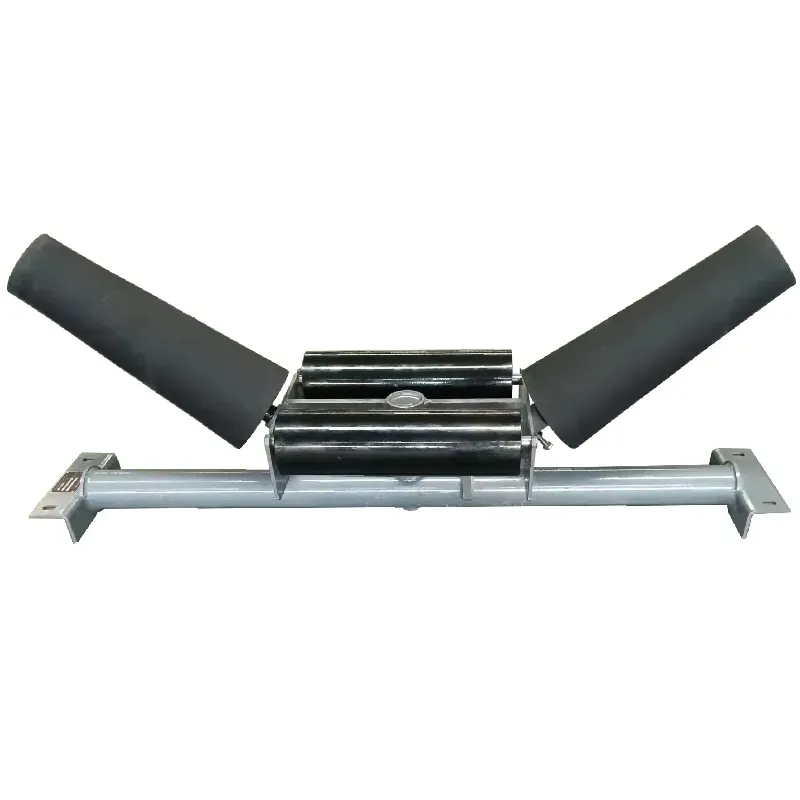 Afrikaans
Afrikaans  Albanian
Albanian  Amharic
Amharic  Arabic
Arabic  Armenian
Armenian  Azerbaijani
Azerbaijani  Basque
Basque  Belarusian
Belarusian  Bengali
Bengali  Bosnian
Bosnian  Bulgarian
Bulgarian  Catalan
Catalan  Cebuano
Cebuano  Corsican
Corsican  Croatian
Croatian  Czech
Czech  Danish
Danish  Dutch
Dutch  English
English  Esperanto
Esperanto  Estonian
Estonian  Finnish
Finnish  French
French  Frisian
Frisian  Galician
Galician  Georgian
Georgian  German
German  Greek
Greek  Gujarati
Gujarati  Haitian Creole
Haitian Creole  hausa
hausa  hawaiian
hawaiian  Hebrew
Hebrew  Hindi
Hindi  Miao
Miao  Hungarian
Hungarian  Icelandic
Icelandic  igbo
igbo  Indonesian
Indonesian  irish
irish  Italian
Italian  Japanese
Japanese  Javanese
Javanese  Kannada
Kannada  kazakh
kazakh  Khmer
Khmer  Rwandese
Rwandese  Korean
Korean  Kurdish
Kurdish  Kyrgyz
Kyrgyz  Lao
Lao  Latin
Latin  Latvian
Latvian  Lithuanian
Lithuanian  Luxembourgish
Luxembourgish  Macedonian
Macedonian  Malgashi
Malgashi  Malay
Malay  Malayalam
Malayalam  Maltese
Maltese  Maori
Maori  Marathi
Marathi  Mongolian
Mongolian  Myanmar
Myanmar  Nepali
Nepali  Norwegian
Norwegian  Norwegian
Norwegian  Occitan
Occitan  Pashto
Pashto  Persian
Persian  Polish
Polish  Portuguese
Portuguese  Punjabi
Punjabi  Romanian
Romanian  Russian
Russian  Samoan
Samoan  Scottish Gaelic
Scottish Gaelic  Serbian
Serbian  Sesotho
Sesotho  Shona
Shona  Sindhi
Sindhi  Sinhala
Sinhala  Slovak
Slovak  Slovenian
Slovenian  Somali
Somali  Spanish
Spanish  Sundanese
Sundanese  Swahili
Swahili  Swedish
Swedish  Tagalog
Tagalog  Tajik
Tajik  Tamil
Tamil  Tatar
Tatar  Telugu
Telugu  Thai
Thai  Turkish
Turkish  Turkmen
Turkmen  Ukrainian
Ukrainian  Urdu
Urdu  Uighur
Uighur  Uzbek
Uzbek  Vietnamese
Vietnamese  Welsh
Welsh  Bantu
Bantu  Yiddish
Yiddish  Yoruba
Yoruba  Zulu
Zulu conveyor belt idler rollers
Understanding Conveyor Belt Idler Rollers Importance and Functionality
Conveyor systems play a pivotal role in various industries, from manufacturing to logistics, by facilitating the efficient transport of materials. Among the key components of these systems are idler rollers, which are crucial for the proper functioning of conveyor belts. This article delves into the significance, types, applications, and maintenance of conveyor belt idler rollers.
What are Idler Rollers?
Idler rollers are cylindrical components that support the conveyor belt and maintain its position. They are strategically placed along the length of the conveyor system, helping to reduce friction, distribute the load, and guide the belt as it moves. Without these essential components, conveyor belts would be prone to excessive wear, misalignment, and operational inefficiencies.
Importance of Idler Rollers
1. Load Support One of the primary functions of idler rollers is to support the weight of the conveyed materials. By distributing the load evenly across the belt, idler rollers prevent sagging and ensure a smooth conveying process.
2. Friction Reduction The rolling action of idler rollers minimizes the friction between the belt and the supporting surface. This reduction is crucial for extending the lifespan of both the conveyor belt and the machinery involved.
3. Belt Alignment Idler rollers play a vital role in keeping the conveyor belt aligned. Proper alignment is essential to prevent belt drift, which can lead to material spillage and increased wear on components.
4. Dust and Material Control Idler rollers also aid in controlling dust and the materials being transported. By guiding the belt, they help contain materials within the system, thereby reducing waste and maintaining a cleaner working environment.
Types of Idler Rollers
There are several types of idler rollers, each designed to meet specific needs within a conveyor system
1. Carrier Rollers These are the primary idlers that support the weight of the materials being carried on the conveyor belt. They are located underneath the belt and come in various diameters and widths.
2. Return Rollers Located on the return side of the conveyor system, these rollers guide the belt back to the loading point. They ensure that the belt maintains its shape and trajectory.
conveyor belt idler rollers

3. Impact Rollers Placed at loading areas, impact rollers help absorb the energy of falling materials, reducing damage to the belt and surrounding components.
4. Training Rollers These are used to ensure the belt maintains proper alignment and prevent drift. Training rollers are often adjustable to accommodate changes in the belt's path.
Applications of Idler Rollers
Idler rollers are used in a wide range of industries, including
- Mining and Minerals In this sector, idler rollers are essential for transporting heavy materials over long distances. - Food Processing Food-grade idler rollers are designed to meet hygiene standards while supporting the transport of goods. - Manufacturing In manufacturing, idler rollers ensure the efficient movement of parts and materials through various stages of production. - Logistics and Warehousing Conveyor systems equipped with idler rollers are widely used to streamline the movement of boxes and packages within warehouses.
Maintenance of Idler Rollers
Proper maintenance of idler rollers is crucial for ensuring their longevity and functionality. Regular inspections should be performed to identify signs of wear or damage. Key maintenance practices include
1. Lubrication Regularly lubricating the roller bearings helps prevent friction-related wear and prolongs the life of the idler rollers.
2. Alignment Checks Ensuring that the rollers are properly aligned is vital for the smooth operation of the conveyor belt. Misalignment can lead to premature wear and damage.
3. Cleaning Keeping idler rollers clean from debris and materials will prevent blockage and ensure they operate effectively.
4. Replacement Worn or damaged idler rollers should be replaced promptly to maintain the efficiency of the conveyor system.
Conclusion
In summary, conveyor belt idler rollers are essential components that significantly affect the efficiency and longevity of conveyor systems. By providing support, reducing friction, and ensuring proper alignment, they play a crucial role in the smooth transport of materials across various industries. Regular maintenance of these rollers is essential for optimal performance, highlighting their importance in industrial operations. Understanding the function and upkeep of idler rollers can lead to enhanced productivity and reduced operational costs in any conveyor system.
-
Revolutionizing Conveyor Reliability with Advanced Rubber Lagging PulleysNewsJul.22,2025
-
Powering Precision and Durability with Expert Manufacturers of Conveyor ComponentsNewsJul.22,2025
-
Optimizing Conveyor Systems with Advanced Conveyor AccessoriesNewsJul.22,2025
-
Maximize Conveyor Efficiency with Quality Conveyor Idler PulleysNewsJul.22,2025
-
Future-Proof Your Conveyor System with High-Performance Polyurethane RollerNewsJul.22,2025
-
Driving Efficiency Forward with Quality Idlers and RollersNewsJul.22,2025





























